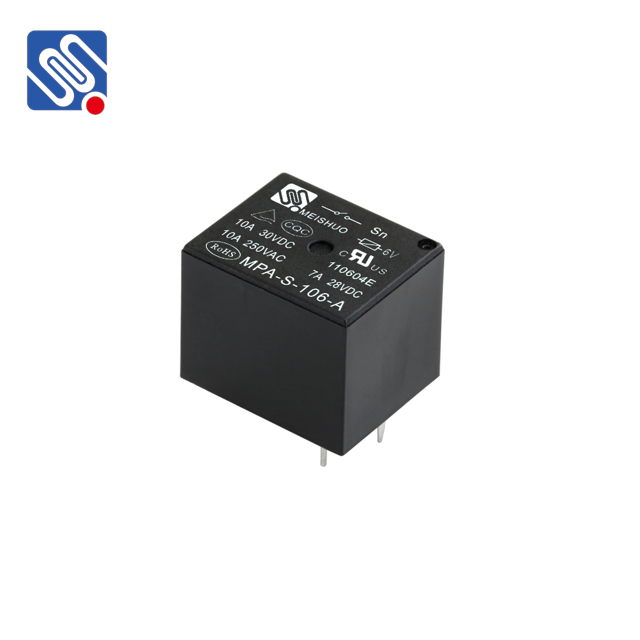Relays are widely used components in electrical systems, serving as switches that allow a low-power signal to control a higher-power circuit. One of the most crucial specifications of a relay is its current rating, which determines how much electrical current the relay can handle safely and efficiently without damage. Understanding the concept of relay current rating is vital for selecting the appropriate relay for various applications, ensuring both safety and reliability.

What is Relay Current Rating? Relay current rating refers to the maximum amount of current that a relay can pass through its contacts while remaining functional and safe. This value is specified by the manufacturer and is typically expressed in amperes (A). The relay’s current rating is essential because exceeding it can cause the contacts to wear out prematurely, overheat, or even fail. It essentially defines the boundary within which the relay can operate under normal conditions. There are two main types of current ratings for relays: rated load current and maximum switching current.